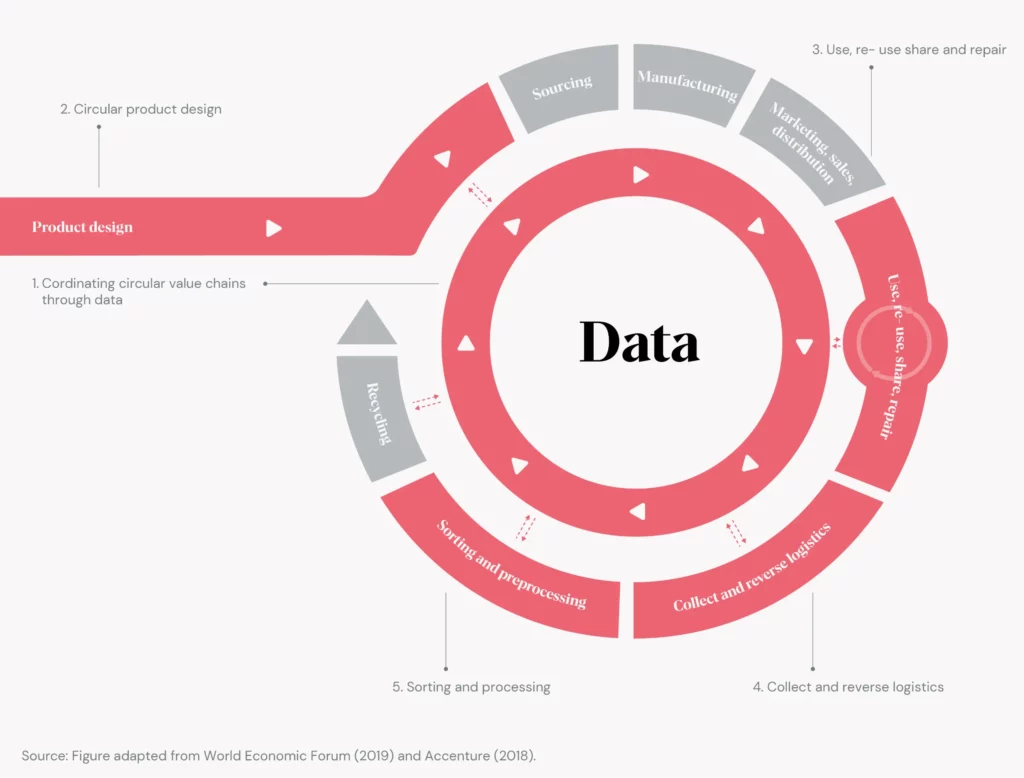Beyond the Flat Screen: How Spatial Computing is Redesigning Remote Work and Product Creation
Let’s be honest. Remote collaboration, for all its flexibility, can feel…flat. You’re staring at a grid of faces on one screen, a shared document on another, trying to describe a 3D concept with 2D tools. It’s like trying to explain the shape of a sculpture over the phone. That’s where spatial computing comes in. It’s not just a buzzword for the metaverse. Think of it as the next logical step—moving from interacting with a computer to interacting inside a shared digital space. Using augmented reality (AR), virtual reality (VR), and mixed reality (MR), it overlays or immerses us in digital information that feels as real and manipulable as a physical object. And for remote teams designing physical products? Well, it’s nothing short of a revolution. Let’s dive into the practical, tangi...
Read More










